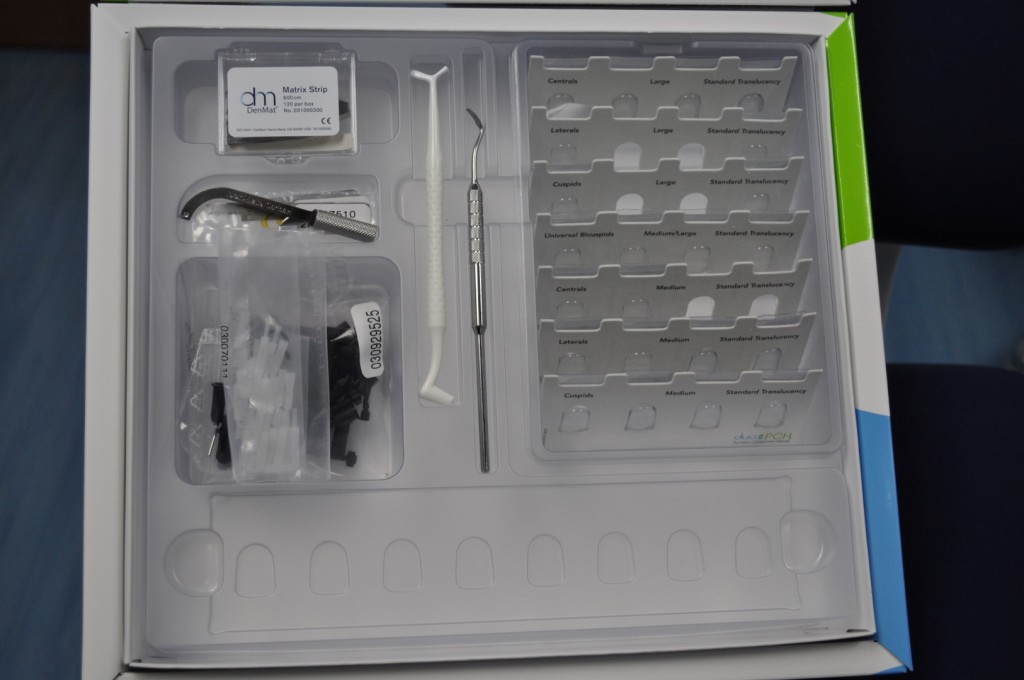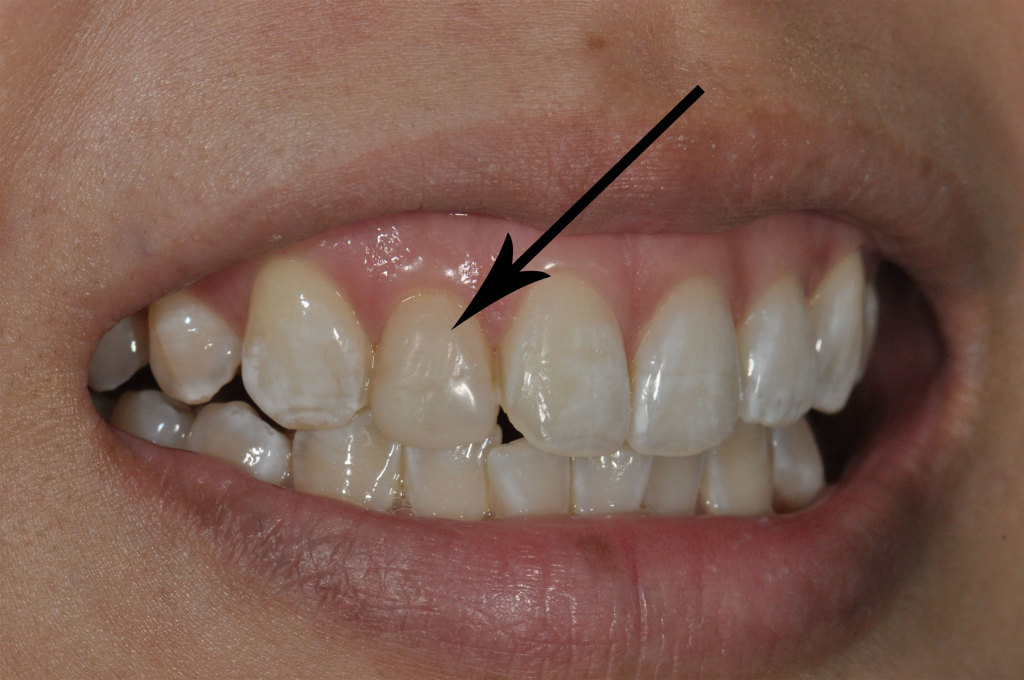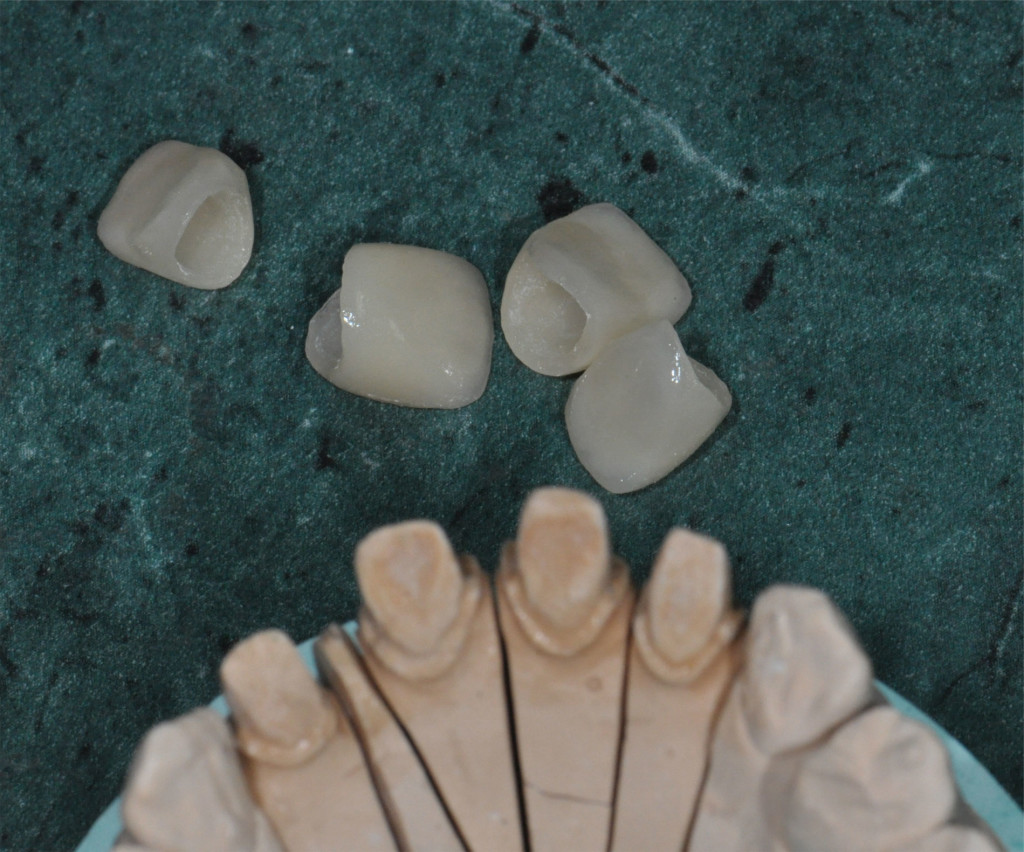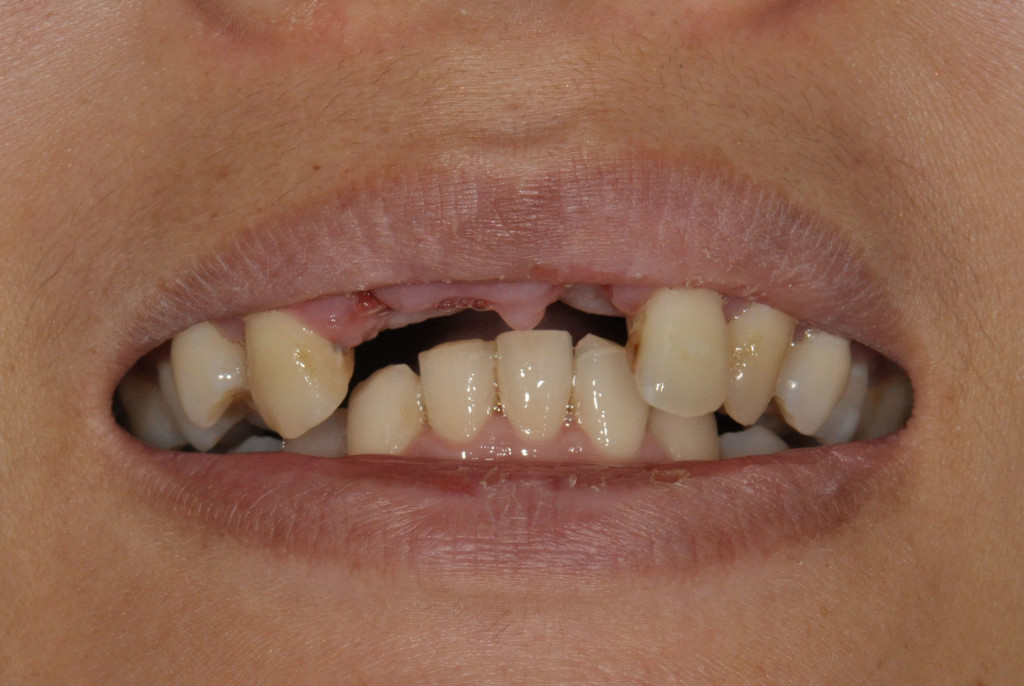Direct Porcelain Veneer –Duo:PCH ™


Duo:PCH is a Porcelain Composite Hybrid is an entirely new esthetics category, combining the convenience of a composite build-up with the finishing beauty of Cerinate ® porcelain. Formerly known as Lumineers, they are much more simple and affordable as compared with the conventional porcelain veneers.

Porcelain veneers in Duo:PCH ™ comes with different shape and size that allow the dentist to mix and match veneer to patient’s tooth. And finally, the veneers are bonded to the teeth using strong resin composite material.





Our case with Duo:PCH ™

This young lady complaint about her teeth discolouration due to tetracycline staining.

Six veneers were placed over the front surface of the incisors and canine.

End result… The lip at rest and smiling.

Traditional porcelain veneers vs Direct Porcelain Veneer –Duo:PCH ™ (or formerlly known as Lumineers)

Once referred to as Lumineers, Duo:PCH ™ are a special type of veneers that can be applied over teeth to repair small cracks or chips, hide discoloration or correct imperfections. Just like traditional veneers, Duo:PCH ™ can reshape the appearance of your smile. The main difference between Duo:PCH ™ and standard porcelain veneers concerns the material used to create them. Duo:PCH ™ are manufactured from a special porcelain – patented Cerinate porcelain – that is much thinner than the porcelain that is used in the making of traditional veneers. The thickness of Duo:PCH ™ is similar to that of contact lenses. While veneers placement is normally a irreversible procedure, with Duo:PCH ™ the procedure is so less invasive that it may often be reversible.
The main benefit of choosing Duo:PCH ™ is that they require minimal – if any – grinding or shaving so your natural teeth will pretty much be left intact. Traditional veneers require more tooth reduction and many patients are not convinced they want veneers for ever. Duo:PCH ™ are more suitable for patients who only wish to try dental veneers for a short period of time. Patients with serious problems however tend to prefer traditional porcelain veneers. Duo:PCH ™ are a great solution for slightly misaligned, stained, discolored or chipped teeth. Make sure you find an experienced cosmetic dentist who can properly place your Duo:PCH ™. You can easily switch from Duo:PCH ™ to traditional veneers whenever you consider yourself ready for a more permanent solution to your smile problem.
Read More
…




















![Crowns-veneers-Model03 [1600x1200]](https://prestige-dental-care.com.my/wp-content/uploads/2013/03/Crowns-veneers-Model03-1600x1200-1024x680.jpg)






















